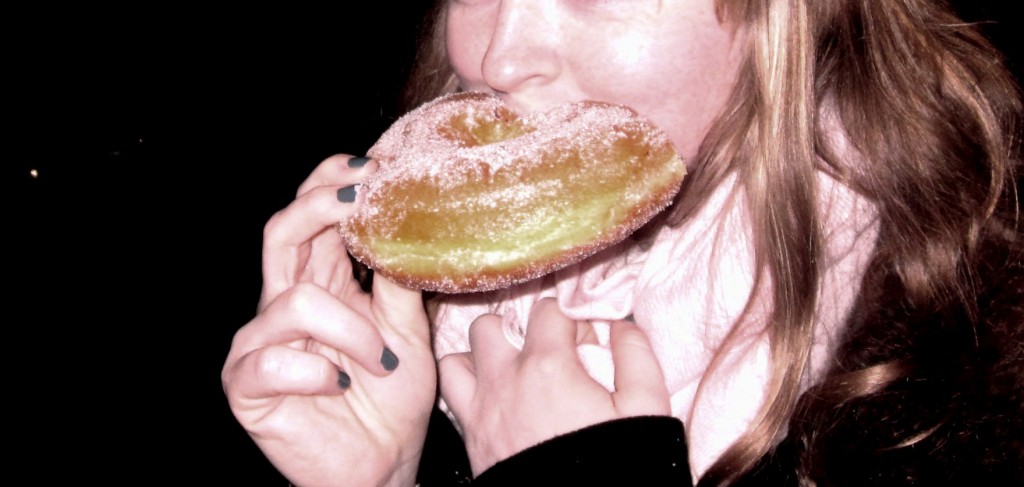If you have a queasy stomach, it is probably best you quit reading right about…now. My food memories of Ecuador are few. In fact, only one meal of my fourteen-day backpacking tour has truly stuck with me: the day I ate a family pet.
I spent the last day of my tour of Ecuador with my cab driver, Julio. For a negotiated $20, my cab driver bargained to chauffer me throughout Quito. We hit the main city squire, Plaza de la Independencia. I flitted through museums; Guayasamin Museum, Museo Nacional del Banco Central, y Museo Manuela Sáenz. I straddled the Equator at la Mitad del Mundo (The Middle of the Earth). At this point in my trip, I had done it all. I had hit my wall of seeing famous sculptures and renowned works of art. Even the line that divides the world in unequal halves, north from south, was unimpressive to me. I told Julio to take me back to my hotel, where I would try to digest why I had suddenly become a first-world traveling brat, unenthused with the tropical land that amused Darwin for decades.
“Are you hungry?” Julio interpreted my pensive attitude for food deprivation.
“No gracias. No tengo hambre.” I still wanted to feel sorry for myself.
“Come on! Let’s eat! I will get you something you’ll never forget!” Julio was a remarkably persistent man. He then bolted the car away from the city’s plaza, down neighborhood streets, zooming through alleyways and one-ways that led us further and further from the city center.
At first, I assumed we would eat at a ‘fancier’ restaurant. Or, maybe at a street vendor that only locals knew of. But as the view outside of my cab window became more and more residential, my empty stomach filled with a worried knot. Finally, Julio parked his car fashioned as a cab, and gestured outside of his door to the Bellavista neighborhood “This is my home.”
I broke a major travel rule in that moment: I got out of the cab and followed Julio to his backyard, where we were greeted by fifteen members of his family. He proclaimed joyously, “This is my American friend!”
“Sit,” his mother said. “You are in time to eat.” She put me at the head of the table, and plated my dish first with cuy, also known as guinea pig. Julio made the noise ‘coooeee cooooeee’—the noise a guinea pig makes, hence its name, hoping to urge me to try the prepared meal. Flashbacks of my fifth grade class’ guinea pig, Mr. Cheeks, rolled through my mind. But, I am the honored guest.
“Was he a pet?” I asked.
Julio’s mother chuckled. “Of course. But eating him shows how much we appreciate him.”
So, I took a bite. Mr. Cheeks tasted a lot like a delicious rabbit—sweet, slightly smoky and surprisingly greasy for a rodent.
“What do you think? Do you like it?” All eyes on me.
“It tastes like…cooooeee.” And, to me, I fondly remember my Ecuadorian trip tasting like “cuy”—the taste of remarkable generosity and family.
Interestingly, as I find myself living in Madrid, traveling about the country, a number of the Spanish population include immigrants from Latin America, Ecuador primarily. Whenever ‘tengo ganas’ for some traditional Ecuadorian food, cuy and all, I transit to the restaurant Salón de Otoño.

